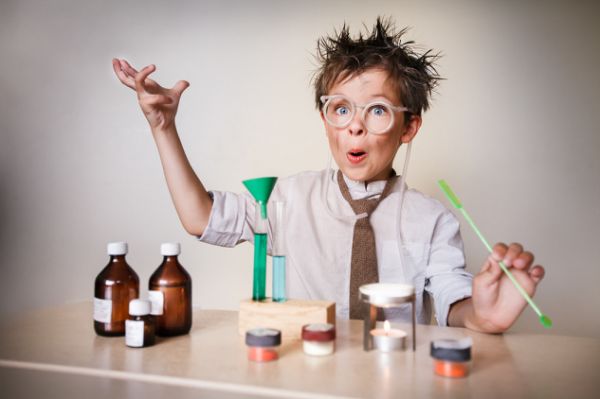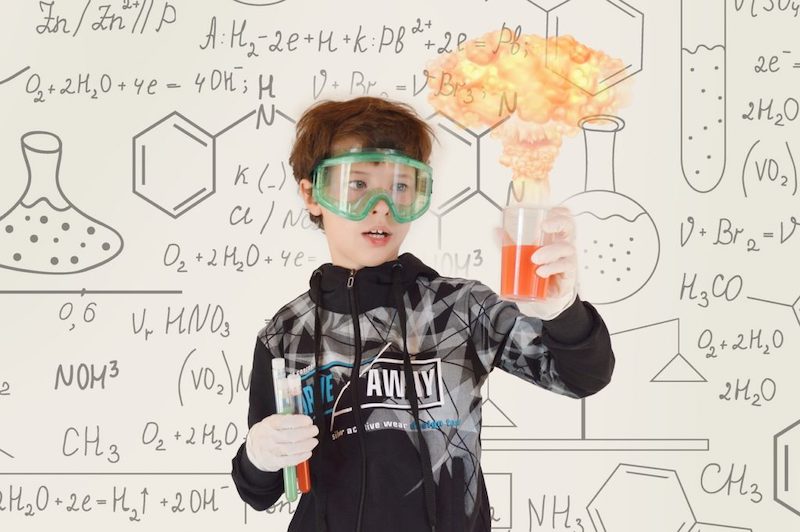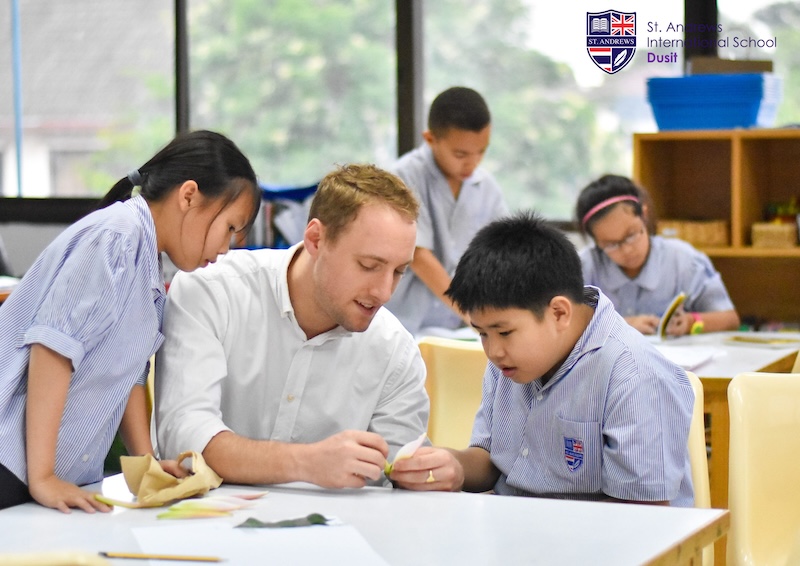With thanks to Paron Mead
Founder and teacher at Paron School of Art
I’m incredibly fortunate. Being an art teacher and enabling creative experiences in children is a rewarding area of work for myself and our studio team. We spend our days making beautiful works with children, we discuss the big ideas associated with these images – and we have a lot of fun in the process. However there is a worrying trend that has come to our attention through our community of parents that warrants discussion.
Across recent years, we have seen many International schools across Bangkok opting for educational approaches with a heavier emphasis on literacy, science and math. Academia is important but what happens to a culture of children when the arts are given lower-priority within a school setting?

As we are coming out of months of online learning, cultivating an appreciation for Art may be more important than ever to the development of the next generation of children as they mature socially and academically. Although some may regard art activities as a luxury, with no clear links to future industries, a strong art education is a fundamental building block of child development. Art is naturally linked to creativity, an attribute that is increasingly being touted as one of the most important factors for the success of individuals, organisations, and cultures.
It strikes me that an art-rich education is something that should be far easier and more accessible than it currently is and here at Paron School of Art, we are creating the programmes that tackle this growing need.
Here we look at four of the potentially lesser known benefits of artistic and creative endeavors for our children that we should be aware of.
Development of Motor Skills & Patience
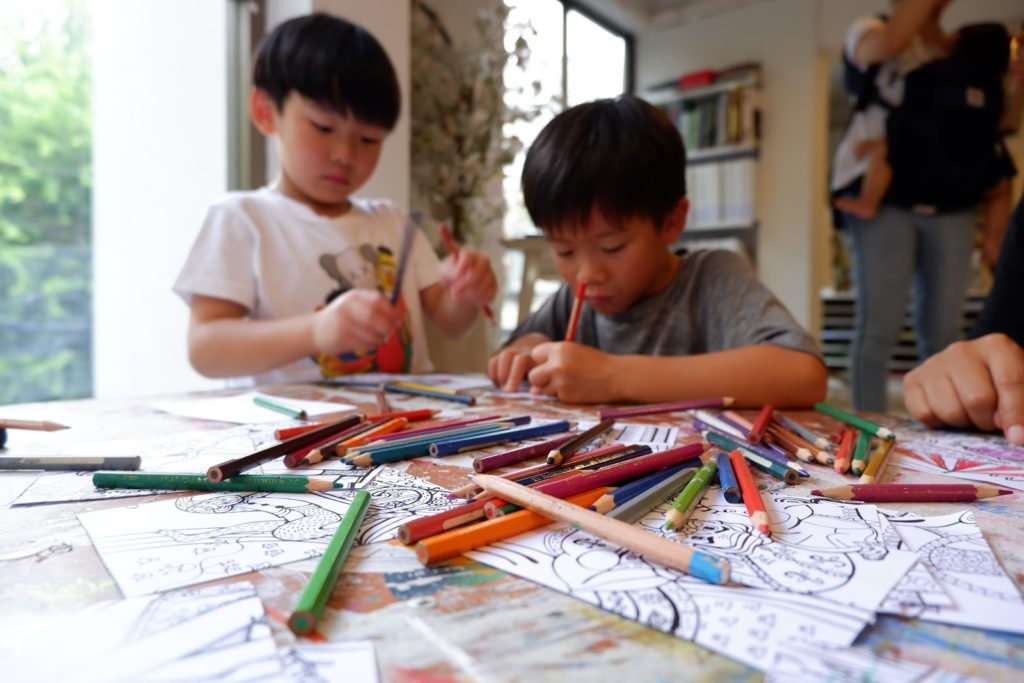
There are few educational or play spaces that will help children to actively engage them in rich, tactile experiences like art-making. Making art is essential to the development of fine motor skills in young children and according to the National Institutes of Health, developmental milestones for a child age 4 should include drawing a circle and being able to effectively use a paintbrush. This is vital in developing the dexterity children will need for writing and other relevant skills. In an age of rapid technological advancement, more and more forms of education happens behind screens. This produces a culture of lower motor ability, shorter attention spans and can lead to attitudes of complacency. Creating anything from materials takes time and concentration; therefore working on a painting or drawing will train children to focus on one activity for a period of time. With practice and continuous exposure to art making, we see improvements in their motor skills, their relationship with physical materials and in their attention span.
Sense of Self, Expression & Confidence
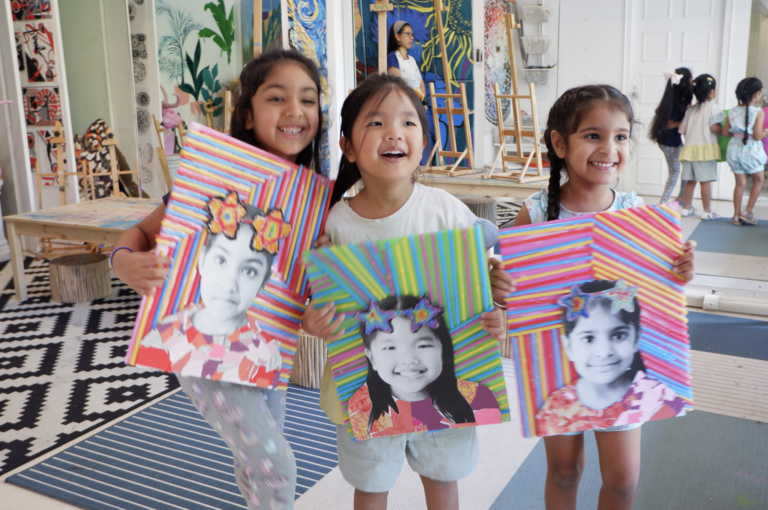
Art education allows children to express their feelings and ideas and also as a way to communicate with others. Art is one of the few cultural practices that we have that only really comes to life only when paired with human experience. In making art, children are forced to step outside of their comfort zone, to create new stories and to make bold decisions. When children are encouraged to express themselves and take risks in their art, they develop their sense of invention that will be important in their adult lives. The role of art education is in helping children become themselves, instead of like everyone else. Improvement in their art making will lead to a stronger overall sense of identity and confidence. We continually see how finding strengths within art leads to happier, more balanced children. We teach art not only because we value beautiful artworks, but because it is one of the most effective tools that we have to produce courageous, original thinkers.
Visual and Cultural Awareness
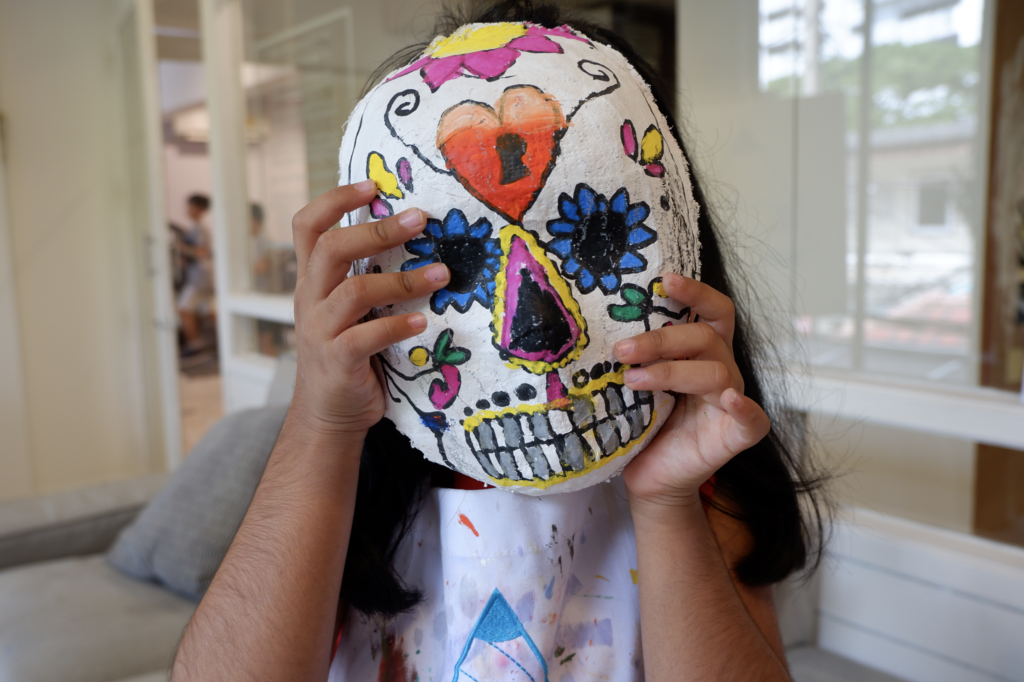
Through art, children observe real-world scenes when they are tackling how to create an image. Pictures encourage them to make sense of the world visually instead of through just words and numbers. This makes them better observers of details and introduces new relationships with the physical world. Creating images allows children to test out ideas on non-language platforms while making decisions on how they choose to depict them. It provides a safe space for children to take risks and to grow through the process. This is a particularly useful tool for
learners of more than one language. Art is also a powerful tool to enable cultural awareness. The images created by those from another culture than ourselves presents new perspectives in an accessible way for children. In a society as diverse as Bangkok, Art education can be the vehicle for not only understanding, but also as a means to develop empathy and acceptance in someone else’s interpretation of reality. Art has the potential to unify. It can speak in many languages without a translator.
Language Development and Improved Academic Performance
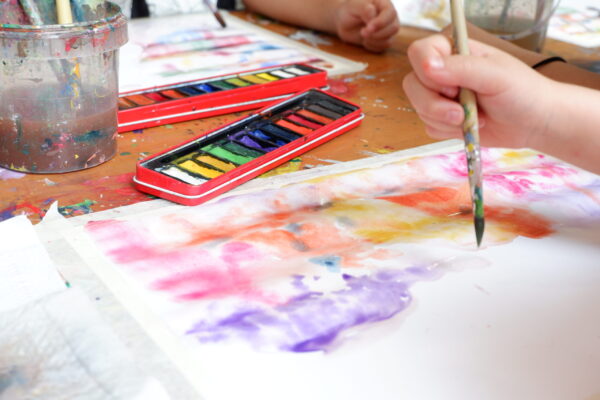
Art is, in itself, a language and an instrument of communication and serves as a reference point to make connections between images, concepts and words. The process of art making has a unique ability in helping children generate meaning and messages across non-verbal platforms. Educational research has strongly suggested that this process of understanding will in turn come to strengthen their verbal skills. Not only is Art a portal for children to expand their understanding, it also enables them to make new connections and to form new relationships with things that matter to them. It is a place for children to learn to trust their ideas, themselves and to explore what is possible.
Students exposed to art education do better on standardized tests, on their social skills and are more motivated than those who have had no access. Children who participated in extracurricular art activities are known to perform better in six different categories of literacy and critical thinking skills.
Paron School of Art studio is located on Sukhumvit 26.
0897958765 / [email protected] / www.facebook.com/ParonSchoolofArt











